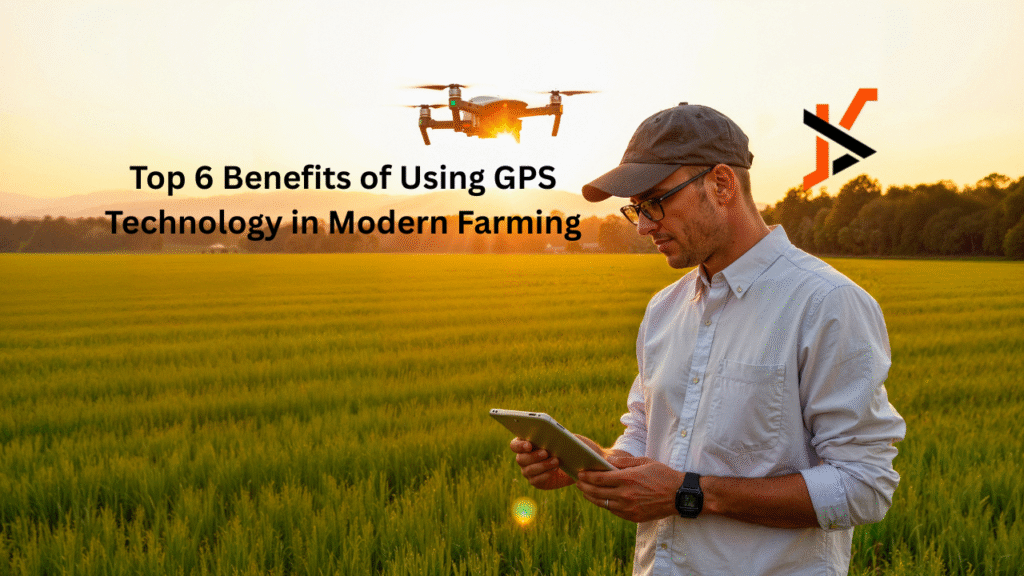In today’s agricultural landscape, efficiency, accuracy, and sustainability are more important than ever. Farmers around the world are turning to GPS technology to meet these demands, using satellite-based systems to guide machinery, manage fields, and optimize every pass through the soil. What was once considered cutting-edge is now becoming a standard part of modern farm operations.
Below, we explore six key benefits of using GPS technology in farming – and why it’s becoming an essential tool for farms of all sizes.
Increased Field Efficiency
GPS system for tractor dramatically improves the efficiency of field operations by enabling more accurate and consistent driving paths. Whether it’s seeding, spraying, or tillage, farmers can reduce overlaps and missed strips, which translates to fewer passes and faster job completion. This not only saves time but also minimizes fuel consumption and machinery wear. Even in poor visibility conditions like fog, dust, or nighttime, GPS ensures reliable performance, allowing work to continue without interruptions.
Reduced Input Costs
Precision guidance helps optimize the use of seeds, fertilizers, pesticides, and fuel – some of the most significant cost factors in modern farming. By minimizing over-application and ensuring that each input is delivered exactly where needed, farmers can significantly cut waste. Over a season, these savings compound into thousands of dollars, especially on medium to large-scale farms. GPS-based application also supports environmental goals by preventing chemical overuse and reducing runoff.
Enhanced Accuracy in Operations
GPS systems bring a new level of precision to every stage of fieldwork – from land preparation to harvest. This accuracy is critical for tasks like row planting, where even small deviations can impact yield. With RTK (Real-Time Kinematic) correction, tractors can maintain straight or curved paths with sub-inch precision. This ensures consistent spacing, optimal seed placement, and uniform crop emergence, ultimately contributing to higher productivity and better crop quality.
Improved Record Keeping and Planning
Modern GPS systems often come with software that automatically logs field activities, creating detailed digital records of where, when, and how each task was performed. This data is invaluable for planning future operations, complying with regulatory requirements, and analyzing what worked well (or not) during the season. Over time, GPS-based record keeping builds a clearer picture of field performance, helping farmers make smarter, data-driven decisions.
Compatibility with Automation and Future Technologies
GPS technology serves as the foundation for many advanced farming innovations, including autonomous tractors, variable rate application, and smart implements. As agriculture continues to move toward automation, having GPS-guided equipment ensures compatibility with new systems and tools. This future-ready infrastructure allows farmers to gradually adopt cutting-edge technologies without overhauling their entire operation, making their farms more resilient and competitive in the long run.
Reduced Operator Fatigue
GPS-guided steering systems take over much of the manual driving, reducing the physical and mental strain on operators. With less need to constantly correct the tractor’s path, farmers can work longer hours with greater comfort and focus, especially during busy seasons.

